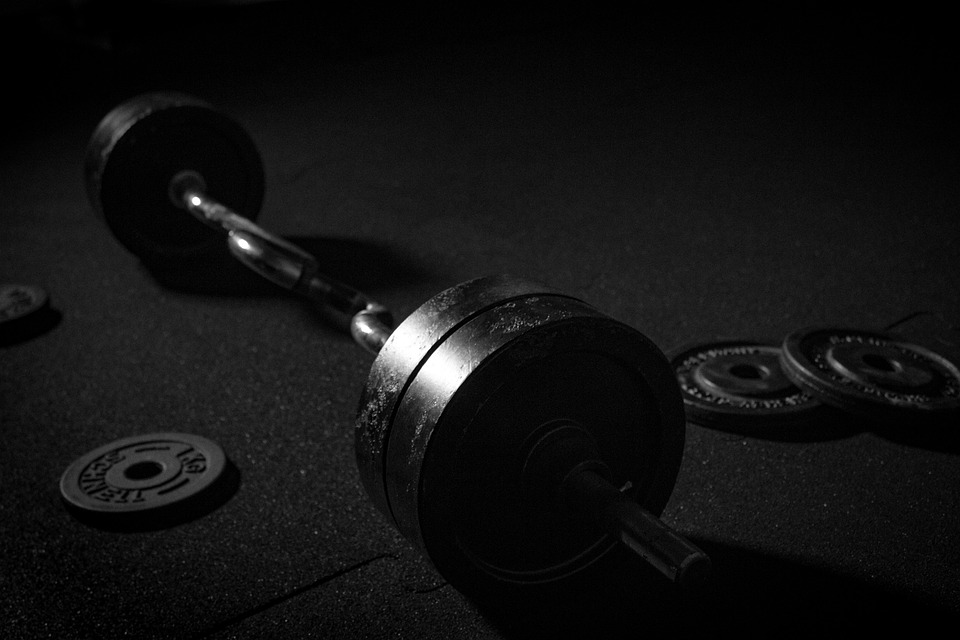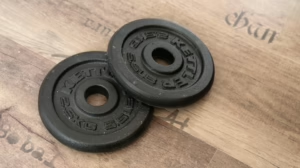The Science Behind Muscle Spasms: Why Do They Happen?
Muscle spasms are involuntary contractions of one or more muscles, and they can occur in any muscle of the body. For many individuals, these spasms can range from a minor annoyance to a significant source of discomfort and pain. Understanding the science behind muscle spasms can help us manage their occurrence and explore methods for prevention and treatment. This article delves into the physiological, neurological, and environmental factors contributing to muscle spasms.
1. Understanding Muscle Physiology
To comprehend why muscle spasms occur, it’s essential first to understand muscle physiology. Muscles are made up of fibers, which can contract when stimulated by nerve impulses. These contractions are controlled by a complex interplay of electrical signals and biochemical processes.
1.1 Types of Muscle Tissue
There are three types of muscle tissue in the human body:
- Skeletal Muscle: Responsible for voluntary movements, skeletal muscles are attached to bones and are under conscious control.
- Cardiac Muscle: Found only in the heart, cardiac muscle is involuntary and works continuously to pump blood.
- Smooth Muscle: Involuntary smooth muscle lines organs and vessels, helping with various functions like digestion and blood flow.
Muscle spasms primarily occur in skeletal muscle, which is the type most commonly associated with physical activity.
1.2 Muscle Contraction Mechanism
Muscle contractions result from the sliding filament theory, where myosin (thick filaments) and actin (thin filaments) slide past each other. This process is initiated by the release of calcium ions from the sarcoplasmic reticulum in muscle fibers, which allows the myosin heads to bind to actin, leading to muscle shortening.
1.3 Role of the Nervous System
The neuromuscular junction is critical in muscle contraction. When a nerve impulse arrives at the neuromuscular junction, acetylcholine is released, stimulating the muscle fiber and initiating contraction. Any disruption in this intricate signaling pathway can result in abnormal contractions or spasms.
2. Causes of Muscle Spasms
Muscle spasms can occur for various reasons, ranging from benign to pathological. Understanding these causes is vital for prevention and management.
2.1 Dehydration and Electrolyte Imbalance
Dehydration is one of the most common causes of muscle spasms. When the body loses fluids — through sweat or inadequate intake — it can lead to an imbalance in electrolytes such as sodium, potassium, calcium, and magnesium. These electrolytes are crucial for muscle function, and deficiencies set the stage for spasms.
- Research has shown that athletes are particularly at risk during intense physical activity due to the significant loss of fluids and electrolytes through sweat.[1]
2.2 Overexertion and Fatigue
Overexertion is another common trigger. Prolonged or intense physical activity can lead to muscle fatigue, resulting in spasms. Muscles that are fatigued may struggle to relax after contraction, leading to involuntary muscle tightening.
- A study found that muscle fatigue increases the likelihood of spasms, particularly in the lower extremities during high endurance activities.[2]
2.3 Poor Blood Circulation
Inadequate blood supply during exercise or prolonged immobility can also lead to muscle spasms. Insufficient oxygen and nutrient delivery to muscle tissues can result in cramping and spasms.
- Research indicates that the adequacy of blood flow plays a significant role in muscle health and can influence spasm risk, particularly in aging populations.[3]
2.4 Nerve Compression or Injury
Nerve compression — due to conditions like herniated discs, sciatica, or injury — can lead to spasms by interfering with nerve signals to muscles. The affected nerves may become hyperactive, causing them to misfire and result in muscle contractions.
- Clinical studies have demonstrated a correlation between nerve impingement and increased incidence of muscle spasms, suggesting that addressing nerve health can alleviate symptoms.[4]
2.5 Medical Conditions
Certain medical conditions can predispose individuals to muscle spasms. These conditions include:
- Multiple Sclerosis: A disease that affects the central nervous system and can lead to involuntary muscle contractions.
- Cerebral Palsy: A condition that impacts motor control and can cause spastic muscle movements.
- Diabetes: Often leads to neuropathy, which may result in muscle spasms.
3. Identification and Symptoms of Muscle Spasms
Recognizing muscle spasms involves understanding the various symptoms associated with them. Common signs include:
- A sudden tightness in the muscle area
- Pain or discomfort that may vary from mild to severe
- Involuntary muscle contractions, which can often be seen or felt
- Temporary inability to move the affected muscle
Muscle spasms can last from a few seconds to several minutes, and they may occur during rest or physical activity.
4. Mechanisms of Muscle Spasms
The physiology of muscle spasms involves a complex interplay of biochemical and neurological factors.
4.1 Muscle Fiber Electrical Activity
Muscle fibers possess electrical properties that can be altered under certain conditions. During spasms, the excitability of muscle fibers may change, leading to spontaneous contractions that are not initiated by the nervous system.
4.2 Neurotransmitter Imbalance
Disruptions in neurotransmitters — the chemicals that transmit signals across the neuromuscular junction — can lead to abnormal muscle contractions. For example, an increase in acetylcholine release without appropriate levels of inhibitory neurotransmitters can lead to spasms.
5. Prevention and Management Strategies
Understanding the causes of muscle spasms opens up various avenues for prevention and management.
5.1 Hydration and Nutrition
One of the simplest preventive measures is to ensure proper hydration and nutrition. Electrolyte replacements, particularly in hot weather or during intense exercise, can significantly reduce the likelihood of spasms.
5.2 Stretching and Warm-up Exercises
Engaging in proper warm-up and stretching routines before physical activity can help prepare the muscles for exertion and reduce the risk of spasms.
- Studies show that stretching can improve muscle flexibility and decreases muscle tightness, thereby lessening the risk of spasms during activity.[5]
5.3 Physical Therapy
For individuals experiencing chronic muscle spasms, physical therapy can be beneficial. A trained therapist can help develop tailored exercises to enhance muscle strength, flexibility, and coordination.
5.4 Medications and Supplements
In cases where spasms are frequent or severe, medications may be prescribed. Muscle relaxants can help alleviate symptoms, while supplements containing magnesium and potassium may be recommended to address potential deficiencies.
6. Conclusion
Muscle spasms are a complex phenomenon resulting from various physiological, neurological, and environmental factors. Although often benign, they can indicate underlying issues that may require attention. Through a combination of hydration, nutrition, proper exercise, and medical interventions, most individuals can effectively manage and minimize the occurrence of muscle spasms.
References
- University of Florida. (2021). "Hydration and Electrolyte Balance in Athletes."
- American Journal of Sports Medicine. (2022). "Effects of Muscle Fatigue During Exercise."
- Journal of Vascular Surgery. (2020). "Blood Flow Impacts on Muscle Cramping."
- Neuroscience Letters. (2023). "Peripheral Nerve Health and Muscle Spasms."
- Physical Therapy Journal. (2021). "Effectiveness of Stretching on Preventing Muscle Injuries."
This article serves as a comprehensive introduction to the science behind muscle spasms, providing insights into their causes, mechanisms, and management strategies. For continued research, consultation with healthcare professionals is advised for personalized care plans and interventions.


























Add Comment